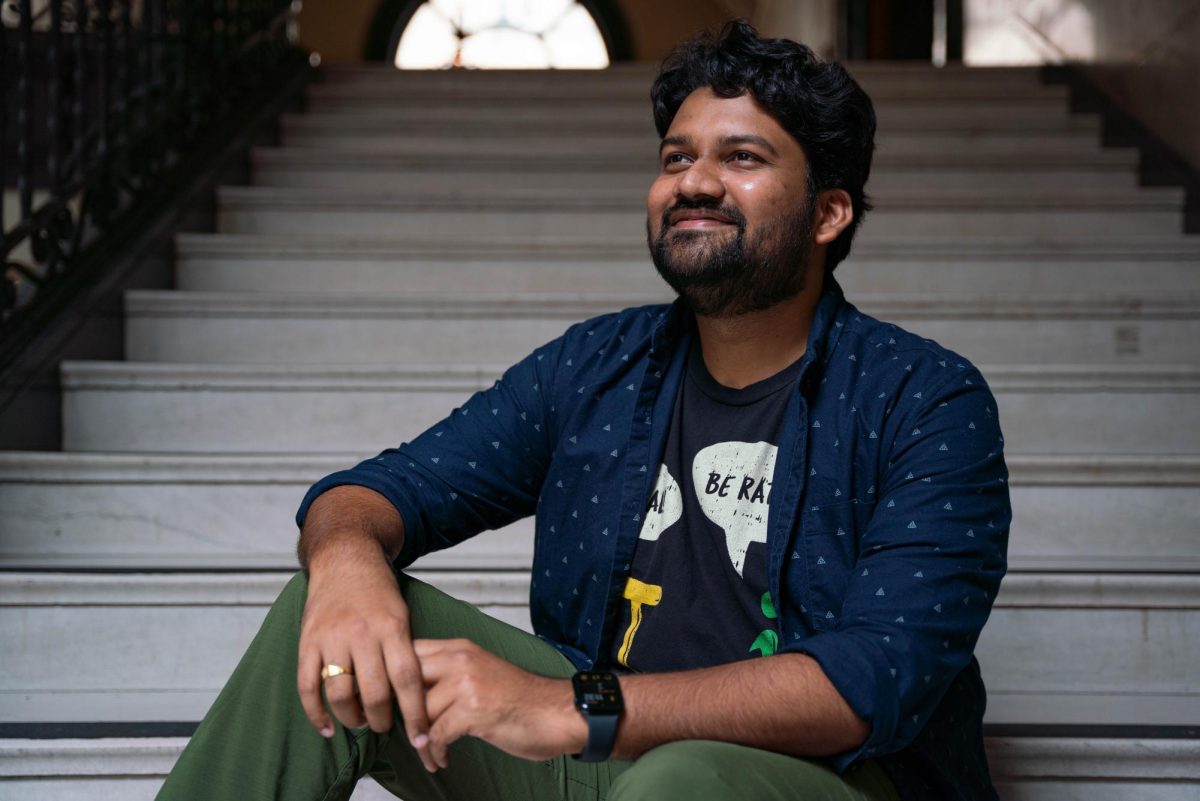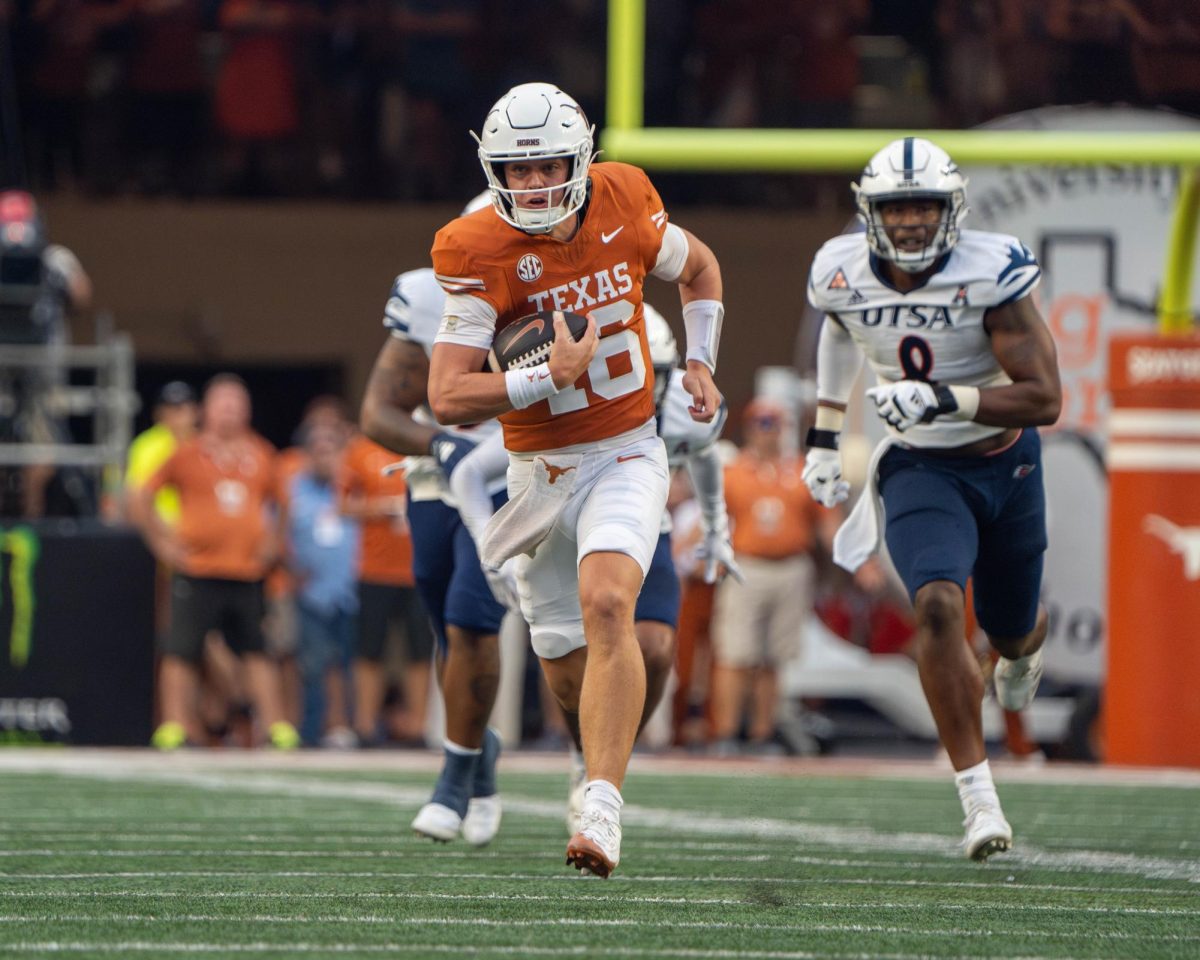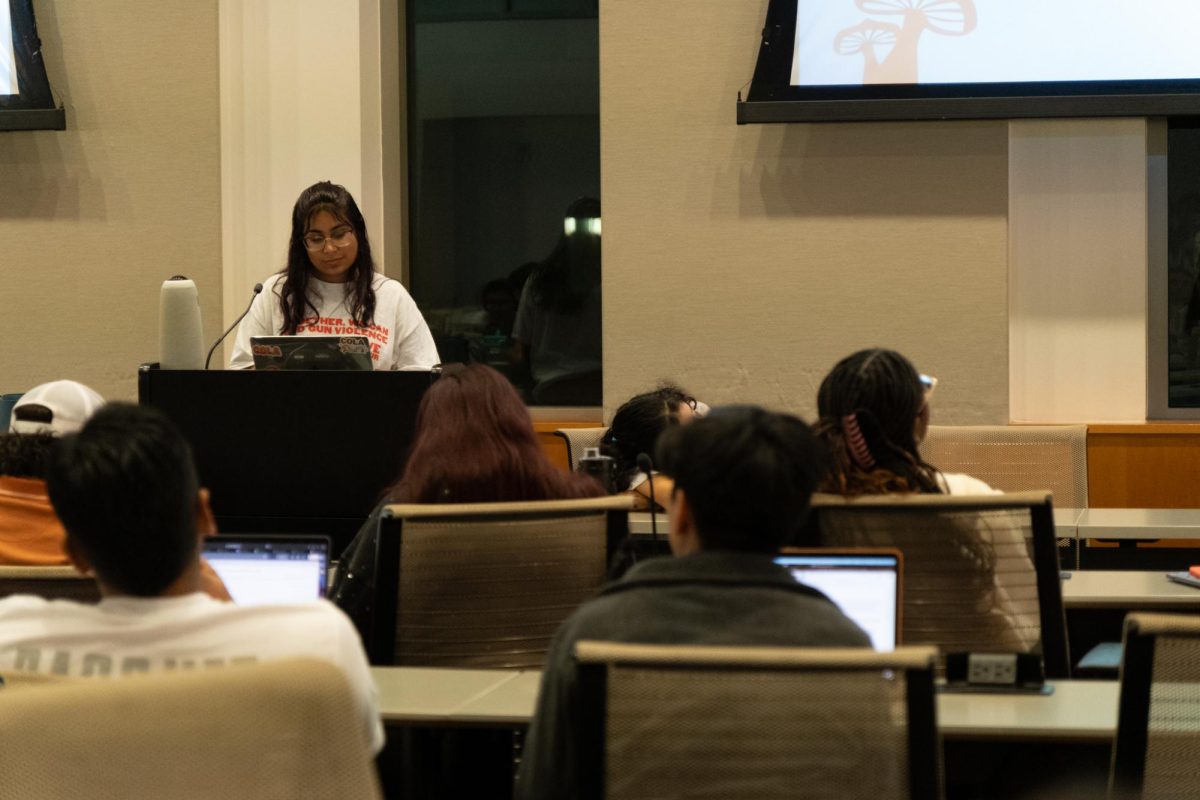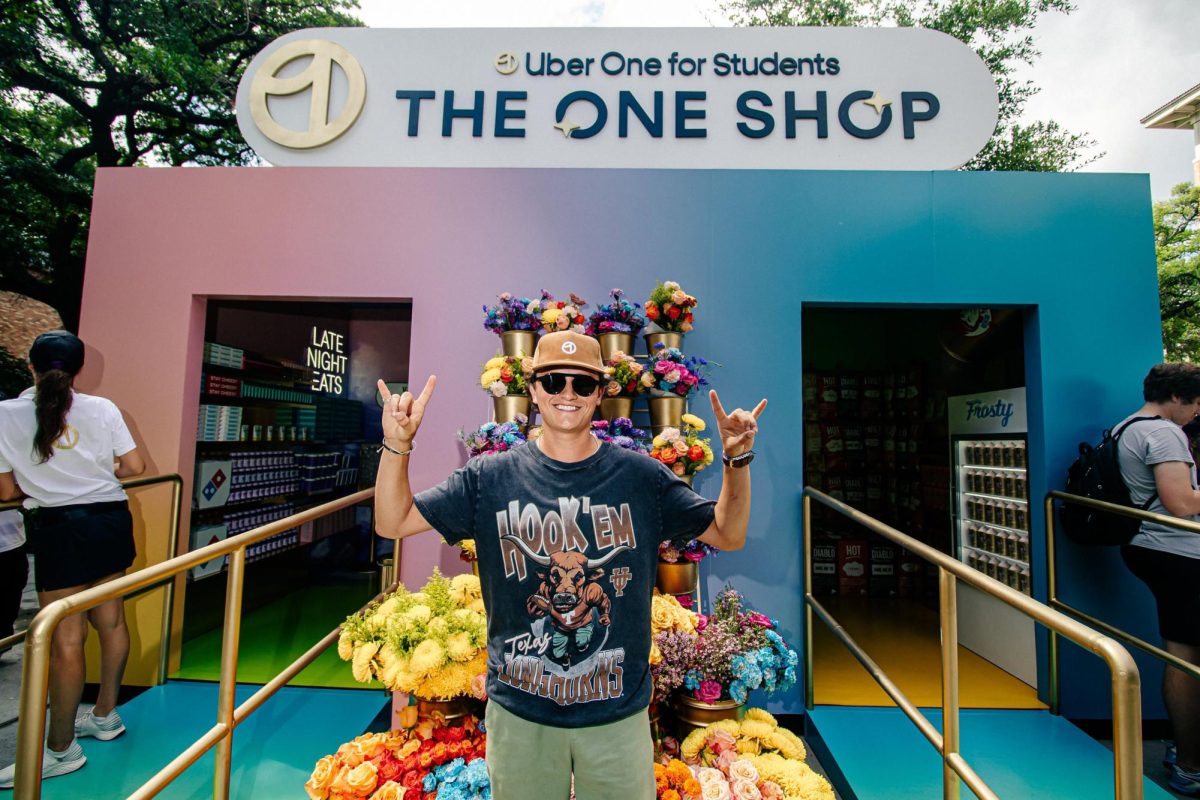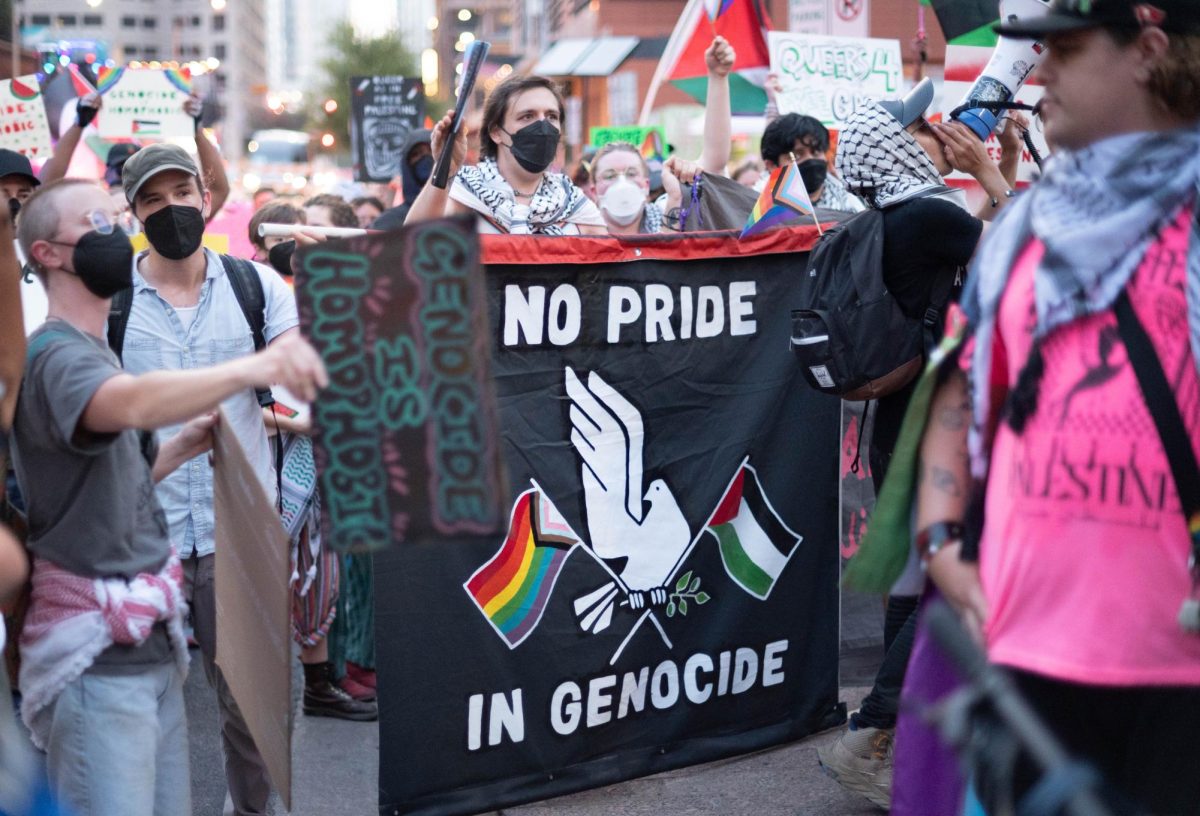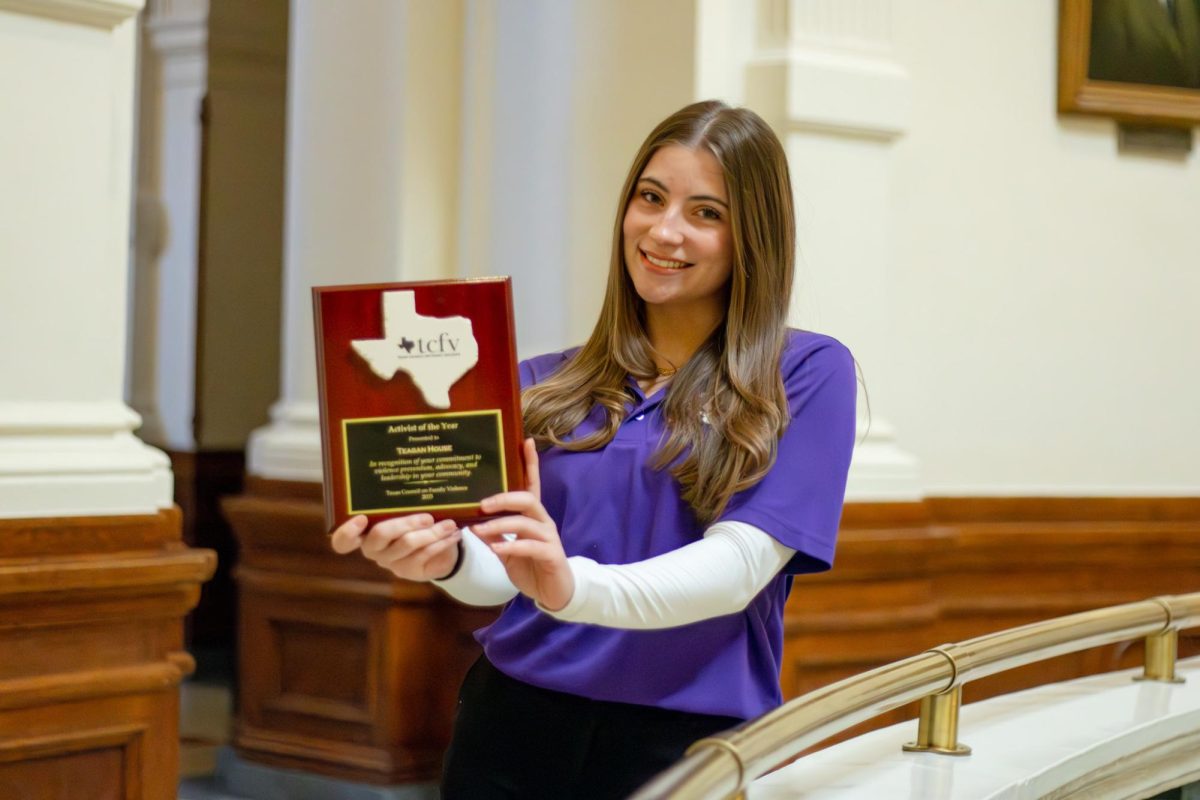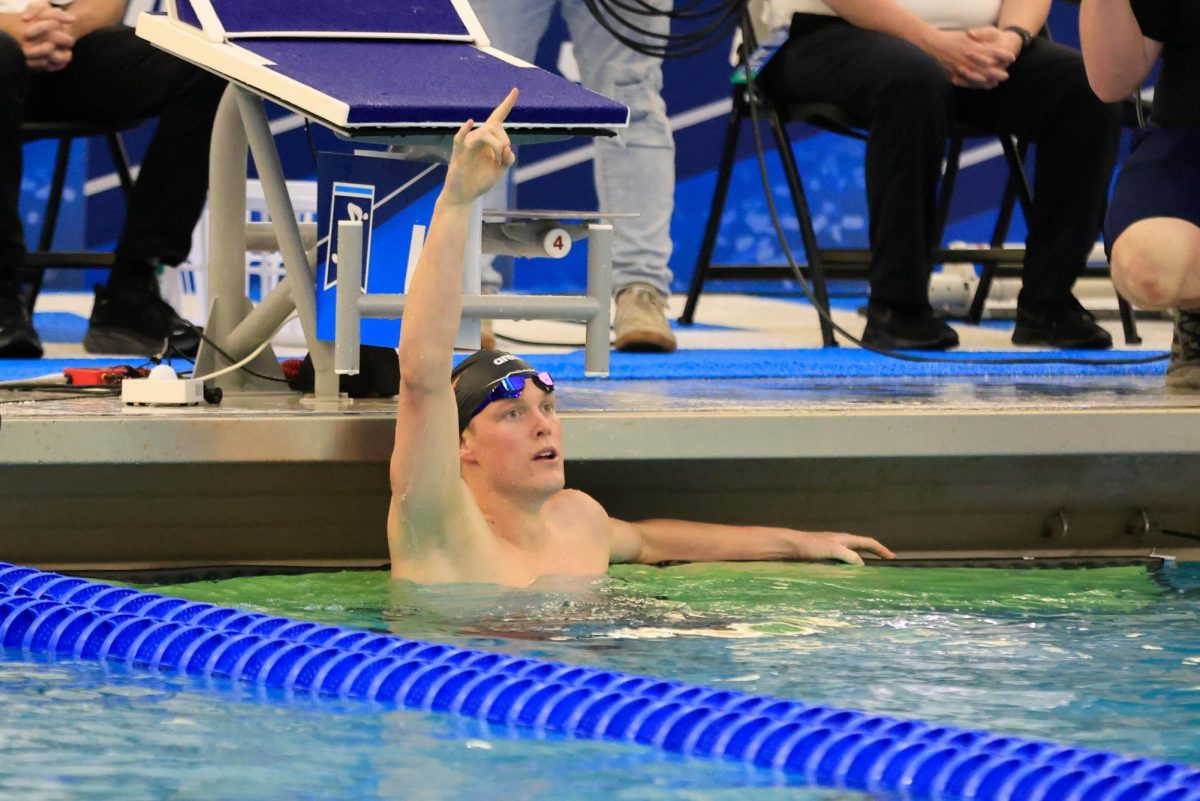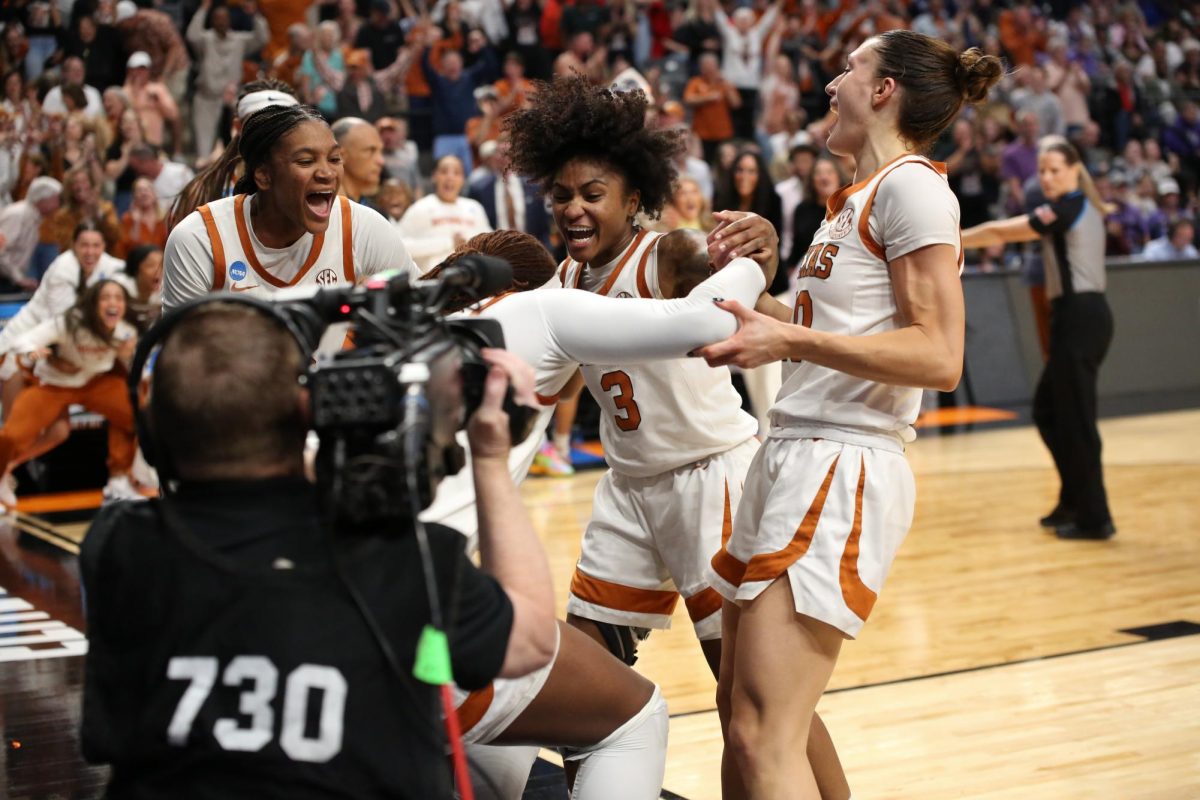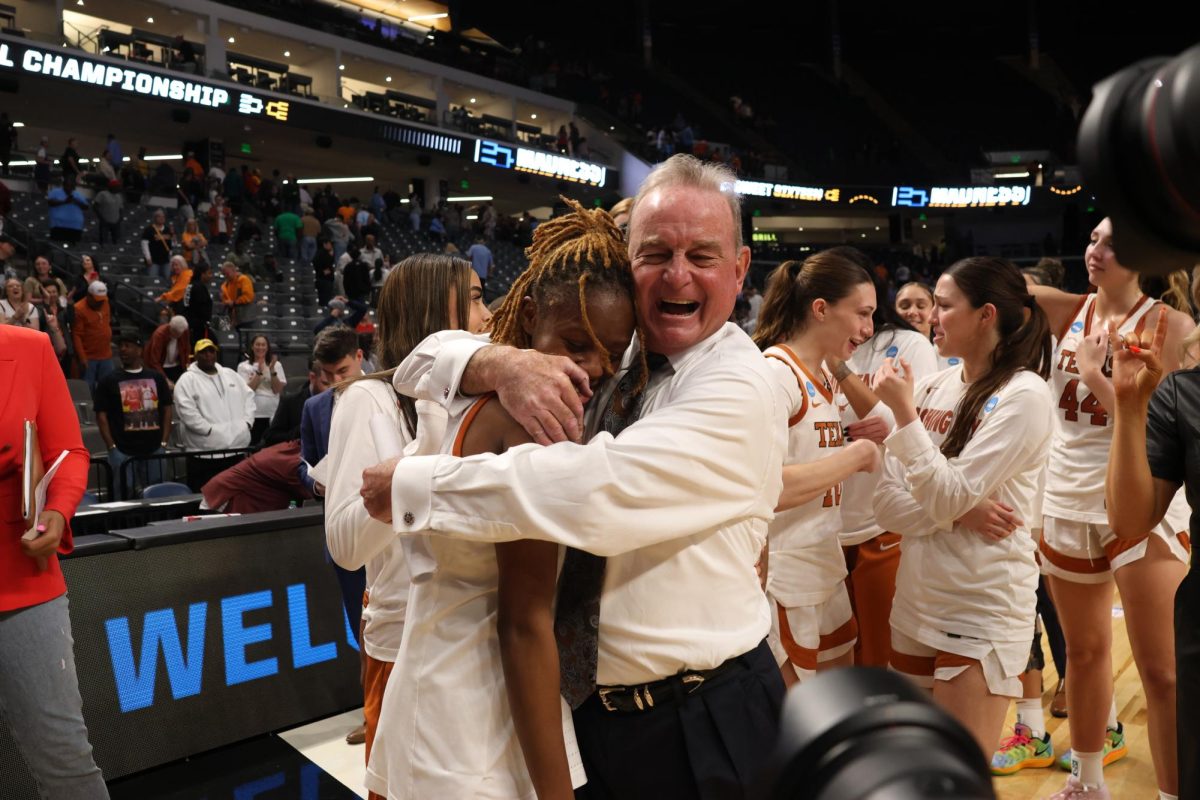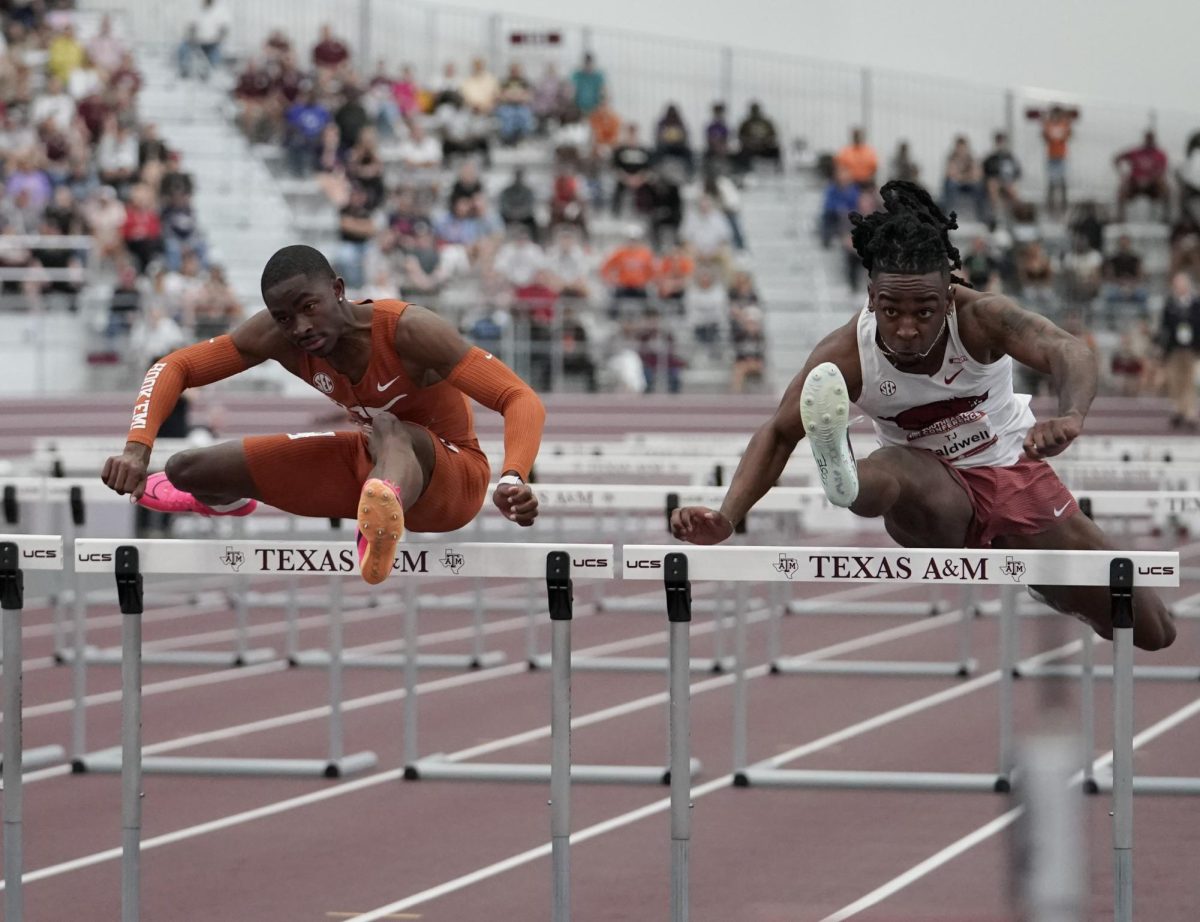For his Master of Fine Arts thesis film in 2022, Sachin Dheeraj Mudigonda produced a short film inspired by the testimonies of Indian guest workers who had been taken advantage of by a Texas shipyard. While he had already produced a successful documentary, “Testimony of Ana,” the film “Men in Blue” uniquely depicted modern slavery through a fictional retelling where workers used video as a tool for standing up to injustice. Since the film’s production, Mudigonda has become an assistant professor at Sam Houston State University and received numerous awards. Ahead of the film’s June 30 Texas premiere at the Austin Asian American Film Festival, The Daily Texan spoke with Mudigonda about his work.
The Daily Texan: How did you discover the story that inspired “Men in Blue”?
Sachin Dheeraj Mudigonda: There was this New York Times article that broke out in 2021 where a Hindu temple in New Jersey was accused of trafficking Dalit laborers from India. I was shocked. … Then, I found out there was this guest worker visa called H-2B visa, through which they were able to bring in the workers from India. … I went through the rabbit hole of researching more about this guest worker visa. Later, I discovered that back in 2007, in the state of Texas, a similar incident happened but on a more massive scale where about 500 to 600 Indian immigrants were trafficked by a shipyard in Texas. That really piqued my interest. … When I was pitching it to one of my screenwriting professors in UT, he told me his brother was a labor lawyer, who actually worked on that case back in 2007. … His brother connected me to the real-life workers.
DT: Since your previous documentary success told an individual person’s story, what was it like deciding which stories to include from the large scale of testimonies you had for “Men in Blue”?
SDM: If I was trying to limit myself to one character, I was shutting off other perspectives which I could leave in with an ensemble of characters. … (Through telling a community story) I was able to integrate people from different walks of life, from different religions — especially considering the religious tension in India right now. All these men were able to come together despite their differences, despite their different classes, different religions (and) different languages, too. … There are like five spoken languages in the film … (which) portrays how linguistically rich (India) is.
DT: What was special for you about being able to tie Texas and India together through your work?
SDM: (Through cross-culture films), we get to bridge certain cultures together, and we are able to weave in some new perspectives into the ongoing conversation in cinema. (The) Texas film landscape is really rich. There are incredible filmmakers that I really admire Richard Linklater (and) Robert Rodriguez. These are all my filmmaking heroes, so being able to bring a piece of my own characters, my people, my languages, into the current Texas landscape feels really special.

